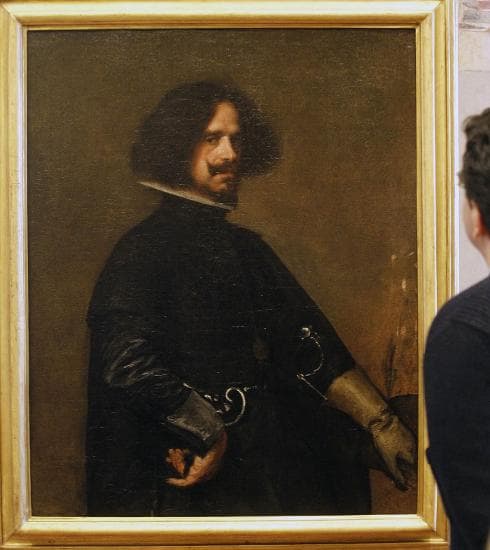5 June 1599: Birth of influential artist Diego Velázquez
The artist established his reputation in Seville in the early 1620s, and by the age of 23, he became the preferred artist of the royal court
Tony Bryant
Viernes, 5 de junio 2020, 14:45
Baroque artist Diego Rodríguez de Silva y Velázquez is considered the most influential figure in the history of Spanish portraiture. Although some confusion surrounds the date of his birth, it is of common belief that he was born in Seville on 5 June 1599, the day before his baptism.
Diego Velázquez, also known as the 'painter of painters', inspired countless 19th century impressionist artists.
Velázquez's first paintings used strong contrasts and were gloomy and mysterious, but he would later develop a style that was more colourful and characterised by bold brushwork. His earliest works are traditional still-life pantry and kitchen scenes. The artist demonstrated an unusual skill in realistic depiction, as the Old Woman Frying Eggs, which he painted at the age of 19, demonstrates. Some of the most celebrated works of this period include The Waterseller of Seville, which is considered the peak of this period in his career. It was during this time that Velázquez also painted some of his most famous religious-theme works, especially The Immaculate Conception.
Velázquez had established his reputation in Seville by the early 1620s and by the age of 23 he had arrived in Madrid, which became his home for the remainder of his life.
In 1622, following the death of the king's favourite court painter, Velázquez was summoned to the royal palace and commissioned to paint a portrait of King Philip IV. The portrait made such an impression on the king, the artist was promised that no one else would ever paint the king's portrait.
In 1629, the king financed a trip to Italy, although few details are known of the visit. He returned to Madrid in 1631, where he continued to paint royals. Aside from the king, who is said to have sat for the artist more than 30 times, Velázquez painted other members of the royal household, along with cavaliers, soldiers and important ecclesiastical figures. He was also renowned for painting court buffoons and midgets, although he always showed respect for their individuality.
One of his last works was The Spinners, a painting that is said to demonstrate all of the artistic knowledge Velázquez had gathered throughout his 40-year career.
He died in Madrid in 1660.
